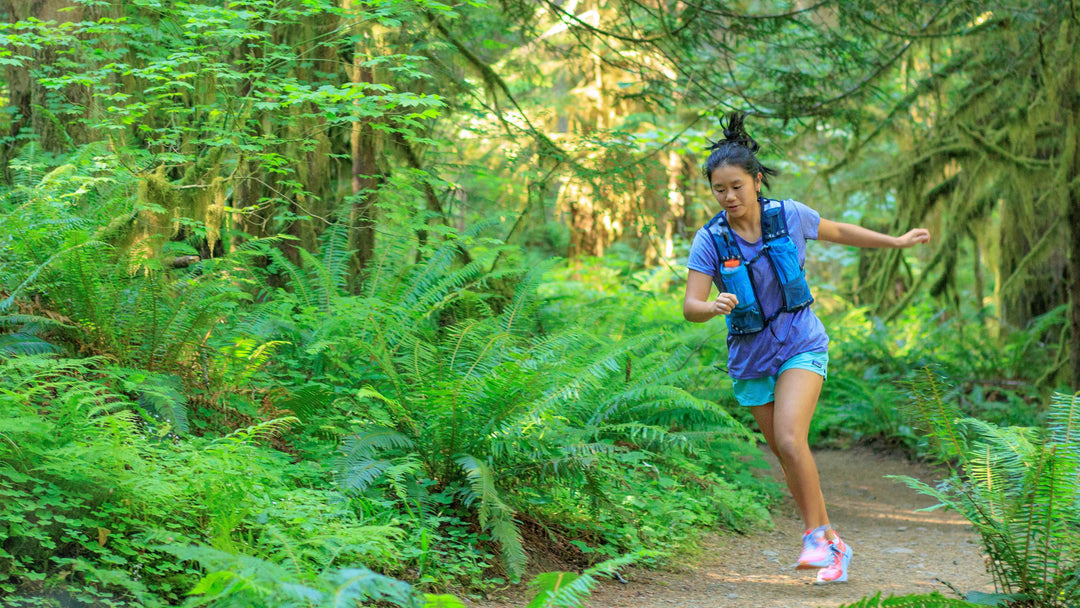Being Prepared On The Trail Without Carrying A Ton

September was the month of preparedness - almost seems like a cruel joke, given the number of devastating natural disasters the US experienced that month. Being prepared is an odd thing - is it an "end of the world apocalypse" mindset or is it just making sure you have some jumper cables in your car? Too often the preparedness is taken over by various doomsday loonies, which makes most of us a bit wary of it. This is wrong. As the weather continues to get more out of whack, it only makes sense to be prepared - it is a healthy precaution and doesn't have to include a zombie killing ax.

On the other hand, the preparedness mindset is almost the opposite of the ultralight mindset - one asks: do I have redundancies, while the other asks: do I really need this at all? To some extent both mindsets aim to be ready, but while preparedness is about gear, ultralight backpacking is about skills. They are both important, but the question becomes how we can make sure we are truly prepared for what nature has for us without needing a truck to haul our redundancies (2 skillets are better than one, right?)?

As always, the answer is all about balance, especially for hikers and backpackers. It is about having the right gear, not necessarily the lightest or most robust, and the right skills to go with it. Here is my proposal on how to approach preparedness on the trail (and lessons for off trail).
Backup without redundancy
The idea of gear redundancies on the trail is to have options in case a piece of kit fails or conditions change dramatically. A good example of this is taking an extra tarp "just in case," or a spare rain jacket in case the main one tears. This is not necessary; you don't need two of anything (unless for a specific function). This is true for clothing as much as protection or safety gear.
When hiking and backpacking, we rarely need safety gear - but we do need protection from the elements and the ability to walk and carry our gear. Without our backpacks, footwear, sleep system and eating system, we are just lost outdoors. But instead of taking redundancies, think how can you fix it - don't take an extra pair of shoes, but think about what you can take to fix them? (hint: Gorilla tape). Knowing how and with what to fix gear means we need to carry less and can adjust more easily to changing conditions.
On-the-trail repairs might sound like a risk with gear that might not last, but even if the strap on your backpack breaks, a good x stitch in a square will hold any broken strap on any load. Split soles? Just tape them (but get a new pair the first chance you have). Hole in the tarp/tent/bivy? Use Tenacious Tape to patch up (almost) any size hole.
The key here is to know every item you own and what you would need to fix it. I carry in my emergency kit:
- Standard sewing needle
- Polyester thread
- 5" of Tenacious Tape
- 2-3' duct tape (Gorilla tape brand)
For longer trips I add a small multitool and a tube of superglue.
All these are nice, but you'll also need to find a few evenings at home to practice actually sewing and maybe even check a few Youtube videos on how to make on the trail repairs.

Simple kit
Part of Cnoc Outdoors' philosophy is simplicity and minimalism - why make things complicated when a simple solution will do? The idea is that simple gear is easier to fix or improvise alternative solutions. You can almost always find sticks or use your trekking poles to set a tarp with a bug net inside, while your freestanding tent needs specific poles. A simple alcohol stove can be fixed while a canister gas stove shouldn't be played with at all - when broken, it is broken. I think you get the idea.
When picking your hiking and camping gear, opt for the simplest and most versatile solution: skip the "over-engineered" and highly designed products. The more moving parts, the more moving parts that can break.
Replacing or fixing simple gear is much easier (and cheaper) than dedicated or highly engineered gear: a polycro groundsheet can be fixed with a tiny piece of duck tape while your dedicated nylon weave footprint might require more work.
Prevention instead of correction
This can also be called "use your brain". Instead of carrying a big first aid kit that is geared towards any possible injury, keep your eyes open and mind working; avoid unneeded risks, cross streams carefully and don't climb a risky section. Planning and implementing the best possible solution is much better than trying to correct mistakes done.
One of my favorite examples in this category is picking a camp site: you can carry the best protective shelter, warmest sleeping bag etc, but if you pick a poor site you will not sleep well. On the other hand, picking a good, sheltered yet ventilated site, away from bodies of water, will allow a great night with much less gear.
The idea behind this skill is to get to a point where you don't need gear to correct the poor choices and skills we have. It is easier, lighter and cheaper to work on those skills and plan accordingly.
Another aspect of prevention is maintenance - keep things clean and dry. Take a few minutes to dry wet gear, clean footwear and clothes, avoid leaving fabrics (like tents) out in the sun for too long. Taking care of your gear on and off the trail will keep it in good shape for longer and will prevent malfunction.
On and off the trail
Though not always true for natural disasters (most of us can't just move our homes out of paths of destruction), using the above off the trail is just as true. Fix your stuff before getting new, know how to maintain and prevent issues before they become problems. Whether it is your shoes, tent, car or house, those are pretty useful tips for life.
Are you skills prepared or gear prepared?














Leave a comment